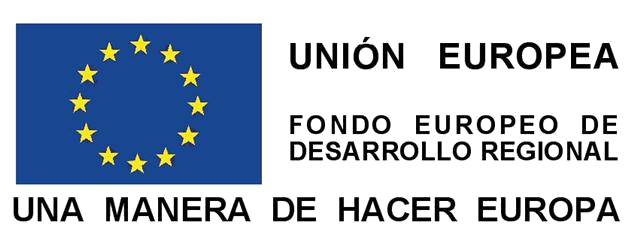Type: Camp
Operational period: December–February
Location
International Field Camp Peninsula Byers is a camp located on the South Beaches of Byers Peninsula, Livingston Island, South Shetland Islands.
Biodiversity and natural environment
Exceptional diversity of terrestrial flora and fauna. It is the most significant limnologic site in the South Shetland Islands. Area extremely sensitive to human impact. Is the largest ice-free area in the South Shetland Islands.
History and facilities
The peninsula has exceptional historical interest, containing the greatest concentration of 19th century historical sites in Antarctica, such as the remains of refuges, contemporary artefacts, and shipwrecks of early nineteenth century sealing expeditions. The camp was installed to support the scientific research in the area during short periods of time. Due to the increasing interest in the area, the camp is still operative but can be easily dismantled when required. It is maintained by the personnel of Juan Carlos I station who keep the camp in a good condition year by year. The camp consists in two fibre glass “melon huts” each of 6m x 2m in size, one set up for scientific research and the other for domestic activities. The camp is open to all the Parties.
General research and databases
Limnology, human impact, ecosystem, geology, coastal science, meteorology, lichen physiology, permafrost, microbiology, invasive species, paleontology and archaeology.
CLIMATE
Climate zone Maritime Antarctica
Permafrost Sporadic
Mean annual wind speed (km/h) 26
Max wind speed (km/h) 180
Sea Ice Break Up
Snow free period January, February, March, April
Total annual precipitation (mm) 800
Precipitation type Snow and Rain
Mean annual temperature (°C) -2.5
Mean temperature in February (°C) 1.2
Mean temperature in July (°C) -6.4
ENVIRONMENT
Region Antarctic Peninsula
Antarctic Environmental Domain: G-Antarctic Peninsula offshore island geologic
Antarctic Conservation Biogeographic Region: 3 North-west Antarctic Peninsula
Altitude of facility (m) 10
Type of surface facility built on Ice-free ground
Long term monitoring Yes
Waste management Yes
Hazard(ous) management Yes
Fuel spill response capability Yes
Features in the facility area
Archaeological, Biological features, Bird colonies, Clear air zone, Fauna, Geological, Lake, Melt streams, Seal colonies.
Main science disciplines
Climate change, Ecology, Environmental sciences, Geology, Geomorphology, Human impact, Invasive species, Limnology, Microbiology, Paleolimnology, Terrestrial biology.
FACILITIES INFRASTRUCTURE
Area under roof (m2) 32
Area scientific laboratories (m2) 16
Type of scientific laboratories: None
Logistic area (m2) 16
Showers No
Power supply type Fossil fuel
Power supply (V) 220
Power supply (hours per day) 24
Number of staff on station (peak/summer season) 2
Number of scientists on station (peak/summer season) 10
Max number of personnel at a time (staff, scientists and others): 12
Long-term monitoring/observations:
MEDICAL FACILITIES
Staff with basic medical training or doctor (Summer) 2
Capability: Basic
Distance to hospital (km) 990
Closest emergency facility in Antarctica (km) 30
Closest emergency facility external (km) 100
Medical screening requirements Yes
COMMUNICATIONS
email. Internet, printer, satellite phone, VHF
TRANSPORT AND FREIGHT
Access Air, Sea
Transport to facility: Helicopter, Ship
Period of flight visits per year: January, February, March, November,December
Number of ship visits per year
Period of ship visits per year: January, February, March, November, December











